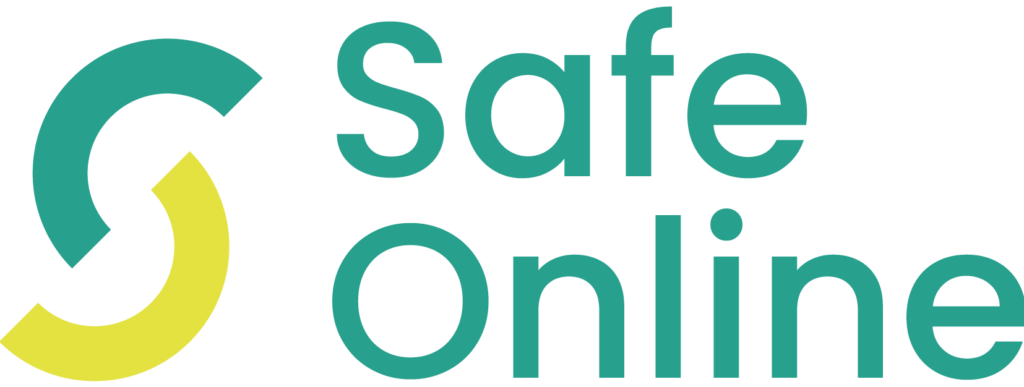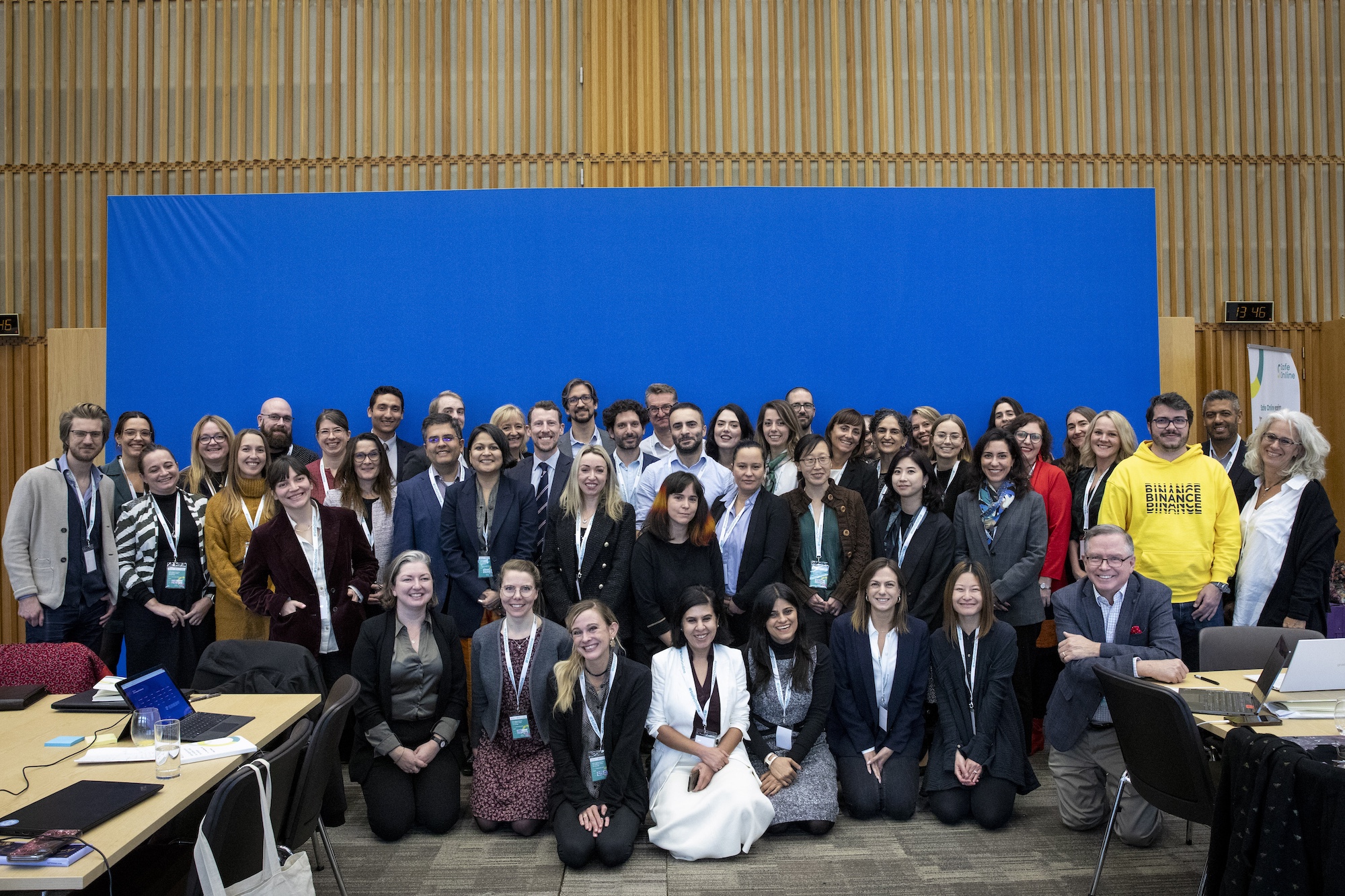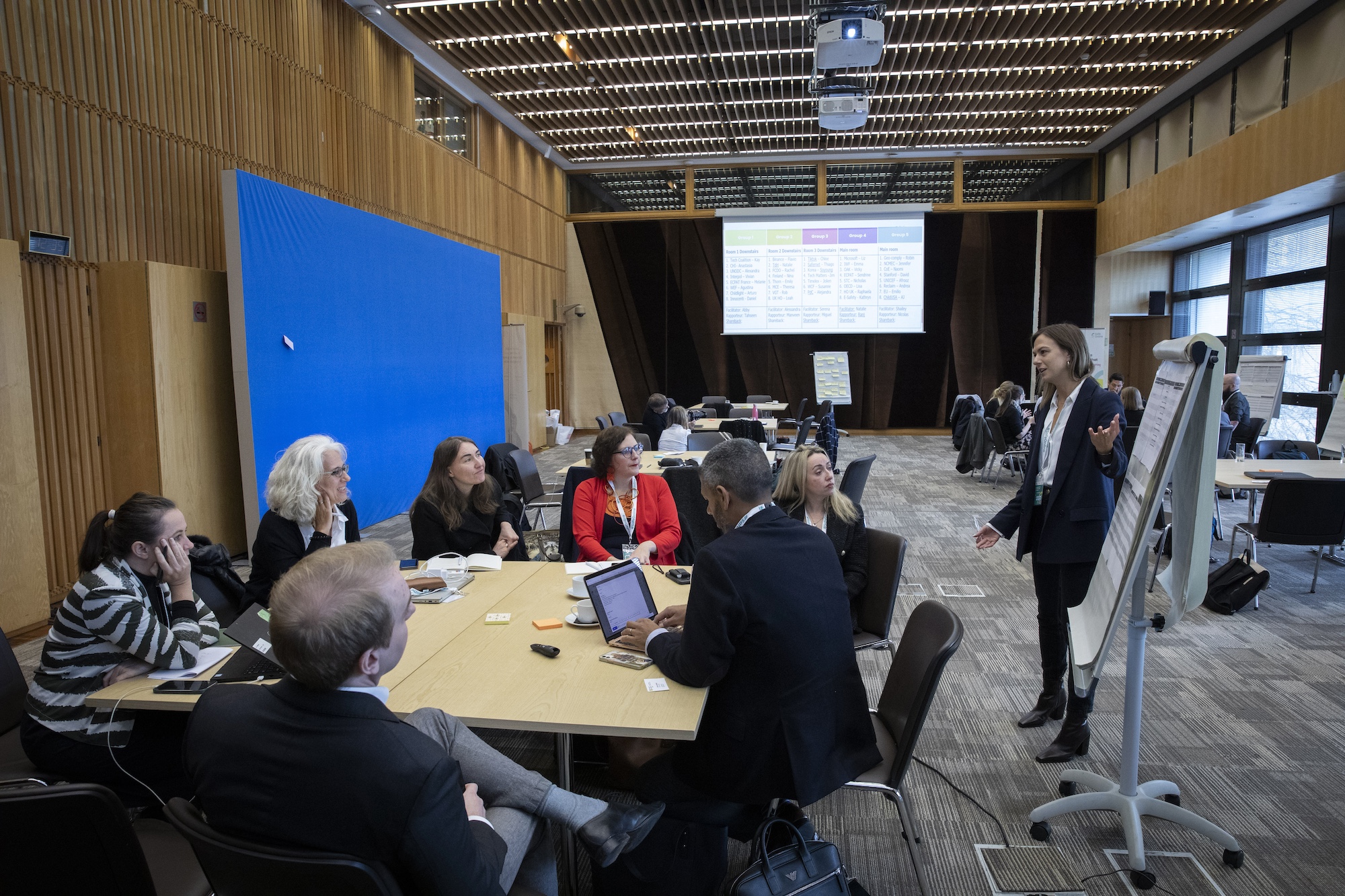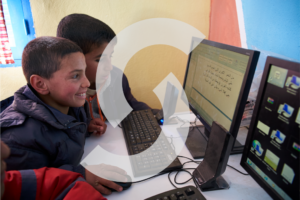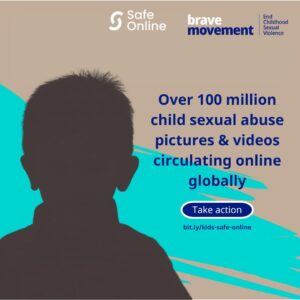
Press Release: Survivors of childhood sexual violence seek urgent action to ‘redesign’ the internet to protect children
Press Release: July 17, 2024 [LONDON]: Today, survivors of childhood sexual violence will address the escalating threat to children’s lives posed by online abuse, and call for action to ‘redesign’ the internet and protect children ahead of the first ever global Ministerial on the issue in November 2024. This is a pivotal moment to redefine the digital world for children, ensuring that technology is used for their benefit and never for their harm.
